Schalken The Painter by J S Le Fanu #audiobook
Schalken The Painter Analysis
In "Schalken The Painter," Vanderhausen can be seen as a representation of the shadow archetype, embodying the dark, repressed, and sinister aspects of the characters Douw and Schalken. The shadow is a psychological concept in Jungian theory that represents the hidden, suppressed, and often undesirable aspects of the psyche. It holds the unacknowledged fears, desires, and weaknesses that individuals may project onto others.
Douw exhibits veniality and by agreeing to Vanderhausen's proposal to marry Rose in exchange for money. Schalken shows cowardice in letting his true love go off with a monster and not attempting to fight for her. A mixture of greed and cowardice conspire to let Rose marry Vanderhausen.
Vanderhausen first sees Rose worshipping at St Laurence's church, suggesting she represents Schalken's spiritual and pure anima, which Vanderhausen threatens to corrupt. Later, Rose returns starved for wine and meat, eating ravenously like an animal, showing Vanderhausen has begun corrupting her purity.
They are concerned about her welfare, but not enough to stop the marriage. They fail to confront the true nature of Vanderhausen, despite their suspicions. The shadow archetype is at play here, as Douw and Schalken repress their moral qualms and engage in self-deception to rationalize their actions.
Rose, on the other hand, can be viewed as representing the anima archetype, which symbolizes the feminine aspects within the male psyche. She embodies love, beauty, and the idealized image of femininity. Schalken's infatuation with Rose and his desire to marry her reflect his yearning for the anima, a sense of completeness and emotional fulfillment.
ose represents the anima archetype to Schalken - his ideal of feminine virtue, beauty, and spirituality. However, Schalken fails to live up to the anima's call for heroic action. When Rose returns in distress, begging for help, Schalken is unable to rescue her from Vanderhausen. His only response is to create an artistic representation of Rose through the painting, rather than fighting to save the real woman he loved.
However, Schalken ultimately fails to fully embrace and integrate the anima. Instead of actively pursuing a real relationship with Rose, he settles for creating a painting of her. This represents a lack of courage and an avoidance of engaging with the complexities and challenges of real-life relationships. Schalken's choice to capture Rose in an artistic representation rather than fighting for the reality of their connection illustrates his failure to fully embody the anima and engage with his own desires and emotions.
Throughout the story, the interactions between Vanderhausen, Douw, Schalken, and Rose reveal the interplay of shadow and anima archetypes. Vanderhausen represents the dark, suppressed aspects of the characters, while Rose represents the idealized feminine qualities that both Schalken and Douw yearn for. Their choices and behaviors reflect the psychological dynamics at play within the individual and their relationships.
Schalken's painting immortalizes his failure to overcome his shadow and rescue his anima from destruction.
Exclusive Videos For You!
"Hey everyone! Are you a fan of The Classic Ghost Stories Podcast and looking for a way to access exclusive content and perks? Well, you're in luck! By signing up as a member on our YouTube channel, you'll have access to members-only perks such as exclusive videos, behind-the-scenes footage, and much more. Don't miss out on this opportunity to take your ghost story experience to the next level. Sign up as a member today by following this link:
https://www.youtube.com/channel/UC9o9Vf0G92Pu2MCgKr73vhQ/join
And thank you to all our members who already have!"
Music by The Heartwood Institute
[https://bit.ly/somecomeback]
https://www.youtube.com/channel/UC9o9Vf0G92Pu2MCgKr73vhQ/join
-
 1:07:12
1:07:12
Classic Ghost Stories on Rumble
3 years agoCarmilla by J Sheridan Le Fanu Parts 1 - 5 #audiobook #classic #horror
19 -
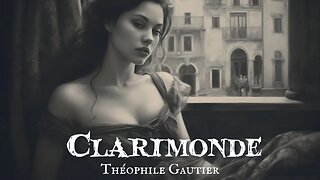 2:13:21
2:13:21
Classic Ghost Stories on Rumble
11 months agoClarimonde by by Théophile Gautier #audiobook
14 -
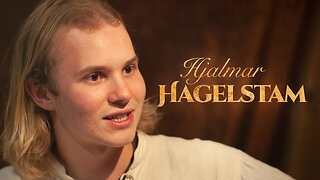 1:15:36
1:15:36
Cave of Apelles
1 year ago $0.01 earnedHjalmar Hagelstam on Odd Nerdrum, Rembrandt, Florence Academy and the Failure of Finnish Painting
192 -
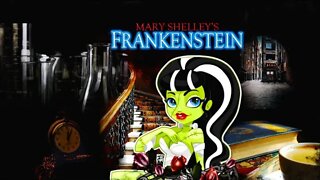 5:07
5:07
TWTGContent
1 year agoFrankenstein narrated by James Gray written by Mary Shelley | not the young frankenstein audiobook
158 -
 5:46:49
5:46:49
PukeOnABook
3 months agoThe Gothic Tales of the Marquis de Sade. A Puke(TM) Audiobook
91 -
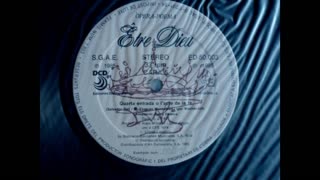 7:19
7:19
Fine Art Connection
11 months agoSalvador Dalí Opera "Etre Dieu", LE, Marilyn Monroe 1985 Art Book Album
27 -
 1:10:59
1:10:59
Jason Cain
1 year agoThe Art of War by Sun Tzu | Unabridged Audiobook
108 -
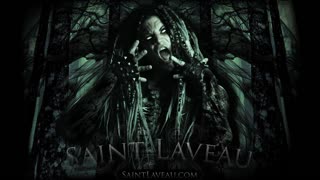 3:16
3:16
Official Saint Laveau Channel
1 year agoSaint Laveau - The Suffering (F.T.W.) - (Audio)
30 -
 5:53:57
5:53:57
Audiobook Heaven
1 year agoRussian Fairy Tales by Peter Nikolaevich Polevoi - FULL AUDIOBOOK
189 -
 28:36
28:36
Analog Video Books - Read with Me
1 year agoNorwegian Wood 017 by Haruki Murakami (a Japanese Novel) 2000 Audio/Video Book S017
101